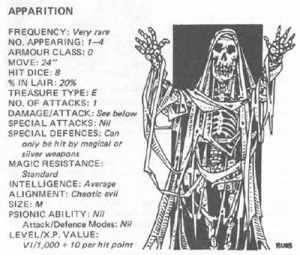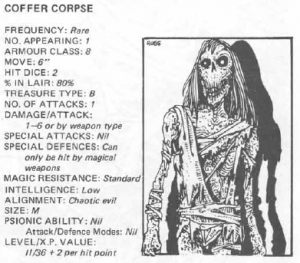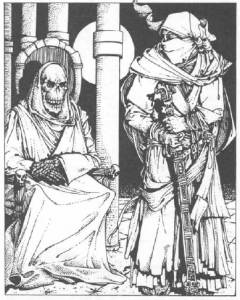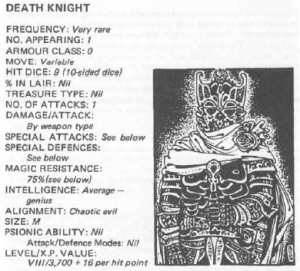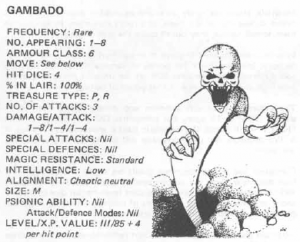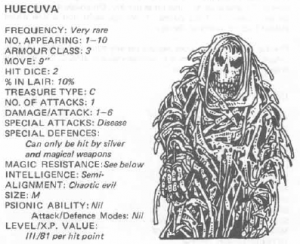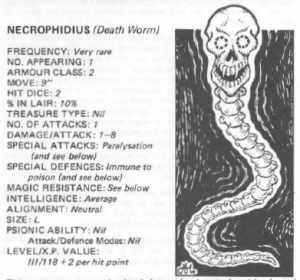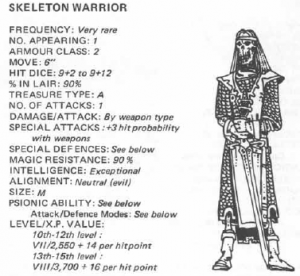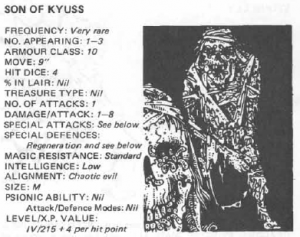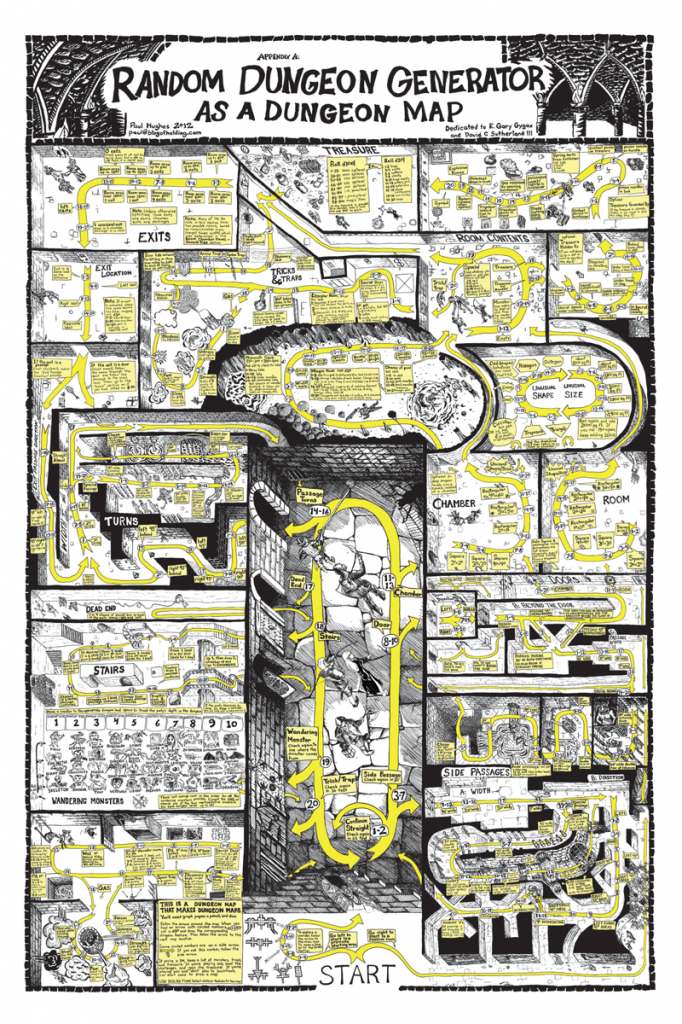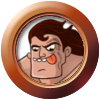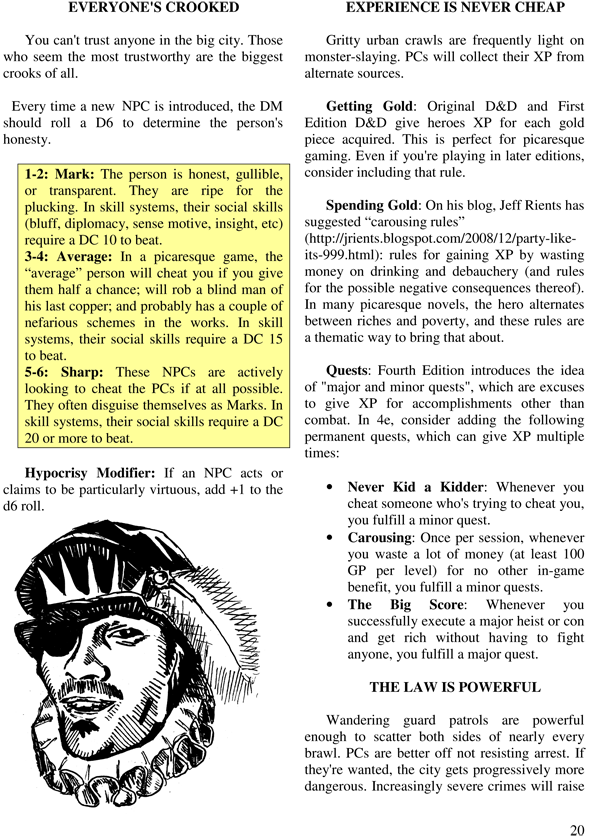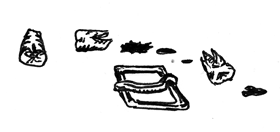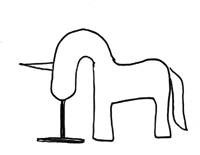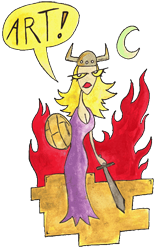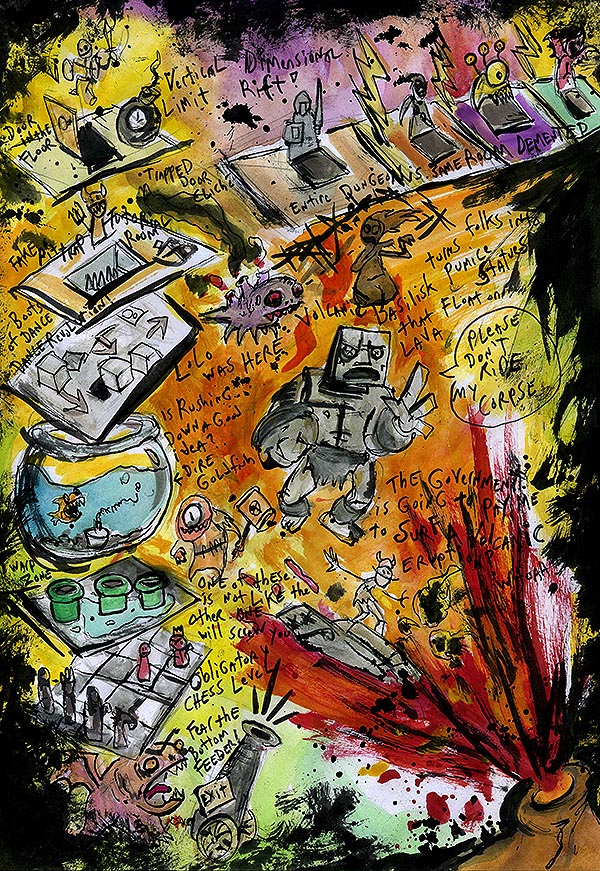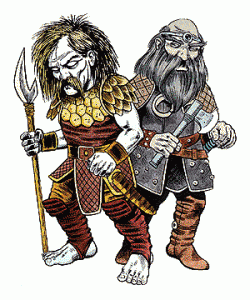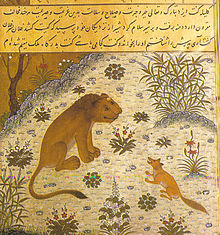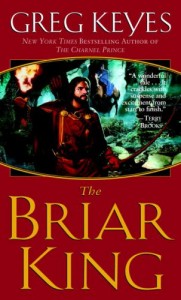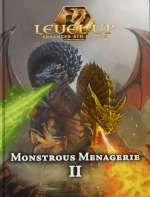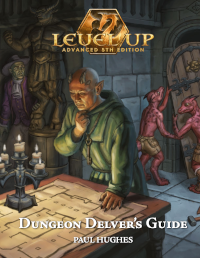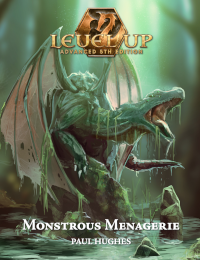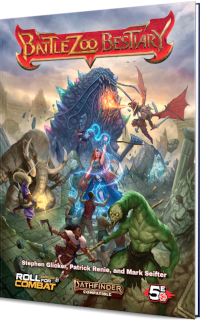After writing 99 rituals to gain power over fey creatures, I probably don’t need any more, but I can’t resist collecting them.
James Branch Cabell’s novel Jurgen is a weird combination of picaresque and high fantasy that takes the usual conceit of the picaresque, “every level of society is absurd and corrupt”, and it extends it to fairyland, heaven, hell, and other planes of existence. I think the book might have a Message, but I was too busy taking notes on the rituals needed to overcome supernatural creatures.
And the notary’s wife followed her to Amneran Heath, and across the heath, to where a cave was. This was a place of abominable repute. A lean hound came to meet them there in the twilight, lolling his tongue: but the notary’s wife struck thrice with her wand, and the silent beast left them.
Characters might learn that being struck thrice with a wand of, say, ash, causes hellhounds to flee. Three strikes requires three melee hits, so there will be an interesting tension between this and the fact that three sword hits might just kill the creature. Of course, the math is different if three strikes with the wand causes the hellhound to SERVE the striker.
The voice of Dame Lisa, now, was thin and wailing, a curiously changed voice. “There is a cross about your neck. You must throw that away.” Jurgen was wearing such a cross, through motives of sentiment, because it had once belonged to his dead mother. But now, to pleasure his wife, he removed the trinket, and hung it on a barberry bush; and with the reflection that this was likely to prove a deplorable business, he followed Dame Lisa into the cave.
In this circumstance, Jurgen is forced to give up what’s obviously a potent protection in order to enter a magical realm. This is the type of decision that monsters may well try to force on PCs. What if you can’t enter the vampire’s castle unless you leave your holy symbol at the door?
“If this Thragnar has any intelligence at all and a reasonable amount of tenacity, he will presently be at hand.”
“Even so, he can do no harm unless we accept a present from him. The difficulty is that he will come in disguise.”
“Why, then, we will accept gifts from nobody.”
“There is, moreover, a sign by which you may distinguish Thragnar. For if you deny what he says, he will promptly concede you are in the right. This was the curse put upon him by Miramon Lluagor, for a detection and a hindrance.”
Two great fairy rituals here. Accepting gifts from someone is an obvious way to put yourself into their power, so you’re probably best off if you never accept gifts or food while in fairyland.
I also like the fact that the creature will always concede to your denials. It’s a quirk that could give personality to a conversation. Even if the PCs don’t know about the weakness beforehand, it’s the kind that they might be able to figure out.

